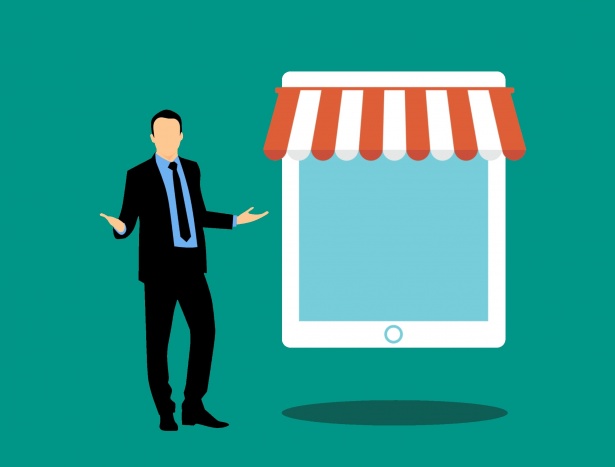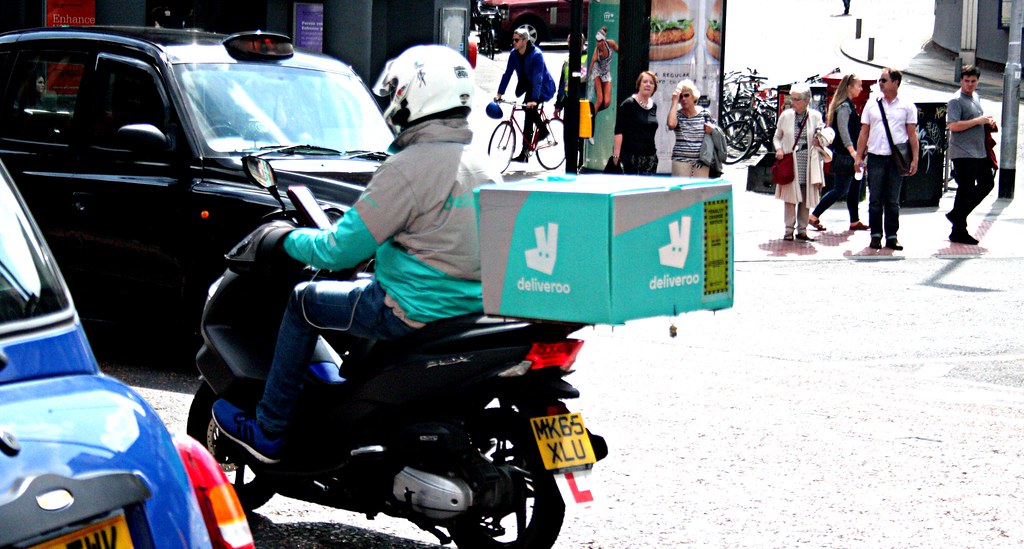Introduction
Today, consumers face a larger choice than ever before in selecting their method of shopping. A huge number of options exist within both online shopping or physically doing it in store. Then within these, more options exist; such as getting your shopping delivered home or to a collection point, or the platform through which you purchase. All of these are facilitated by different companies who are continuously seeking new ways to innovate and make these better.
But the question remains, how to consumers decide on the best option to suit their needs? And how are companies implementing these?
“Don’t find customers for your products, find products for your customers”
Seth Godin
Consumer Factors
The main deciding factor for consumers will usually be price; but everything comes at a cost, even for those retailers and delivery companies trying to provide a service for as little as possible. Reflecting this is “price advantage and product quality are also important factors affecting consumer purchase behavior in online shopping” (Park and Kim, 2003, p.21); illustrating the importance of price within the relevant deciding factors at play.

Today, a popular form of shopping comes through social media platforms such as Instagram, Facebook and X. Companies market their products directly on there and consumers have a direct link to their website and checkout. With more use, this becomes more effective, as the social media apps gather data on each user through the use of cookies and the ads become more personalised. This is how the algorithm is made to work and it is designed to achieve a more refined service for both the company marketing the product but also for the consumer who is seemingly only meant to be seeing the products they would be interested in purchasing.
This streamlined service means shopping becomes a much quicker and more efficient process for consumers. The products they are known to like are marketed straight to them during their time on social media and they can purchase them there and then. This takes minutes compared to the hours that a physical visit to a shop can take – as well as saving on the transport costs that might be associated with it. The growth of this in recent times is a prime example of good use of Digital Marketing.
The Rise of Online vs. The Fall of Physical
This rise of the online shopping market in general has had a direct impact on the amount of physical shops that have closed. This is negative for the likes of shopping centres and high streets that now see a lot of empty buildings but this is reflective of the way in which the world is headed for the time being: Digital. It has been remarked that “online shopping creates a positive impact on the consumers thereby they end up shopping more while they are online” (Singh and Meshram, 2016, p.152) and therefore, online shopping does have a positive impact somewhere. Like every trade off and progression, there will always be a winner and a loser, and in this case the physical stores are losing out. However, this does not mean that they could be back again in the future.
For online shopping, many different types of deliveries exist within different industries and at different costs. Another variation within these is whether the delivery is in a large or small city or town or in more of a rural area. A few examples of these are below.
- Takeaway Delivery: Deliveroo, Just Eat, UberEats, own delivery service, etc.
- Supermarket Delivery: Tesco, Dunnes, SuperValu, Shuppa, etc.
- Online Goods Delivery: An Post, UPS, DPD, Fastway Couriers, etc.

Many more examples exist for each but these are the basics of what is available to consumers. How they pick one remains the question, but often it will come down to time. Shuppa is an interesting example as their emphasis is on time and their website quotes “essentials delivered in 15 minutes or less” (Shuppa, 2024). They have recently launched in Dublin City Centre, but have plans to cover the vaster area of Dublin soon. Their model is an example of one that serves maximised convenience for the lowest cost possible for the consumer. As a result their business model is focused on volume and doing as many deliveries as possible each day.
Below I have inserted a video which provides a short but very effective description of Consumer Behaviour in general, the deeper psychological and biological reasons behind it, and how marketers and brands use this information to their advantage.
Conclusion
Digital Marketing plays a huge role in The Current Consumer Conundrum and in how information is communicated to and interpreted by consumers. Its role in consumer decisions is not to be underestimated, and as referenced and exemplified throughout this blog, it is a very influential tool with the power to impact trends and the direction of industries in the future.
Thank you for reading my blog; for other interesting blogs written by my classmates, click on this link or see below.


Leave a Reply
You must be logged in to post a comment.